La Canague vieille (The old Canague)
History of the domain
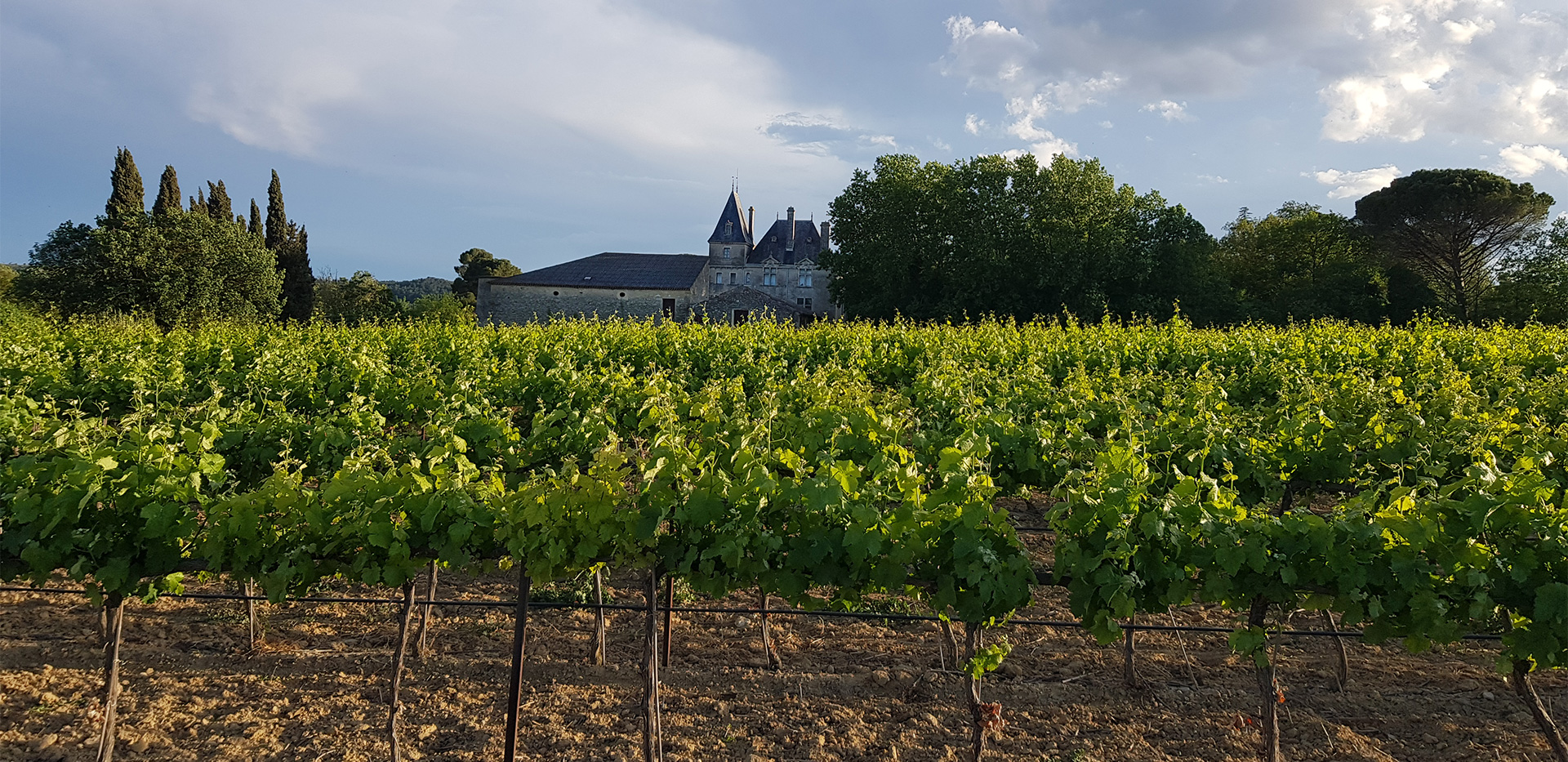
Text extracted from "the eldorado of wine. The castles of Béziers in Languedoc"
This vast domain, property at least since the start of the second half of the 17th century, of the Villeraze family, reached 1300 s. on the eve of his split in 1817.
We told elsewhere the society scandal that was in 1772, the assassination of Mr de Franc, prosecutor of the king, by the young Baron Adrien de Villeraze (1747-1824), future lord of La Canague, lucky criminal who left in Saxony, then in Prussia where he became chamberlain of the Grand Elector. Pardoned with the advent of the king Louis XVI, established in Pau, he returned to the region of Beziers after the revolution but abandoned his hotel, place du Capus (today annex to the Museum of Fine Arts) and settled in La Canague where he would have brought tokay's plants producing the famous royal and imperial wine. He died in 1824.
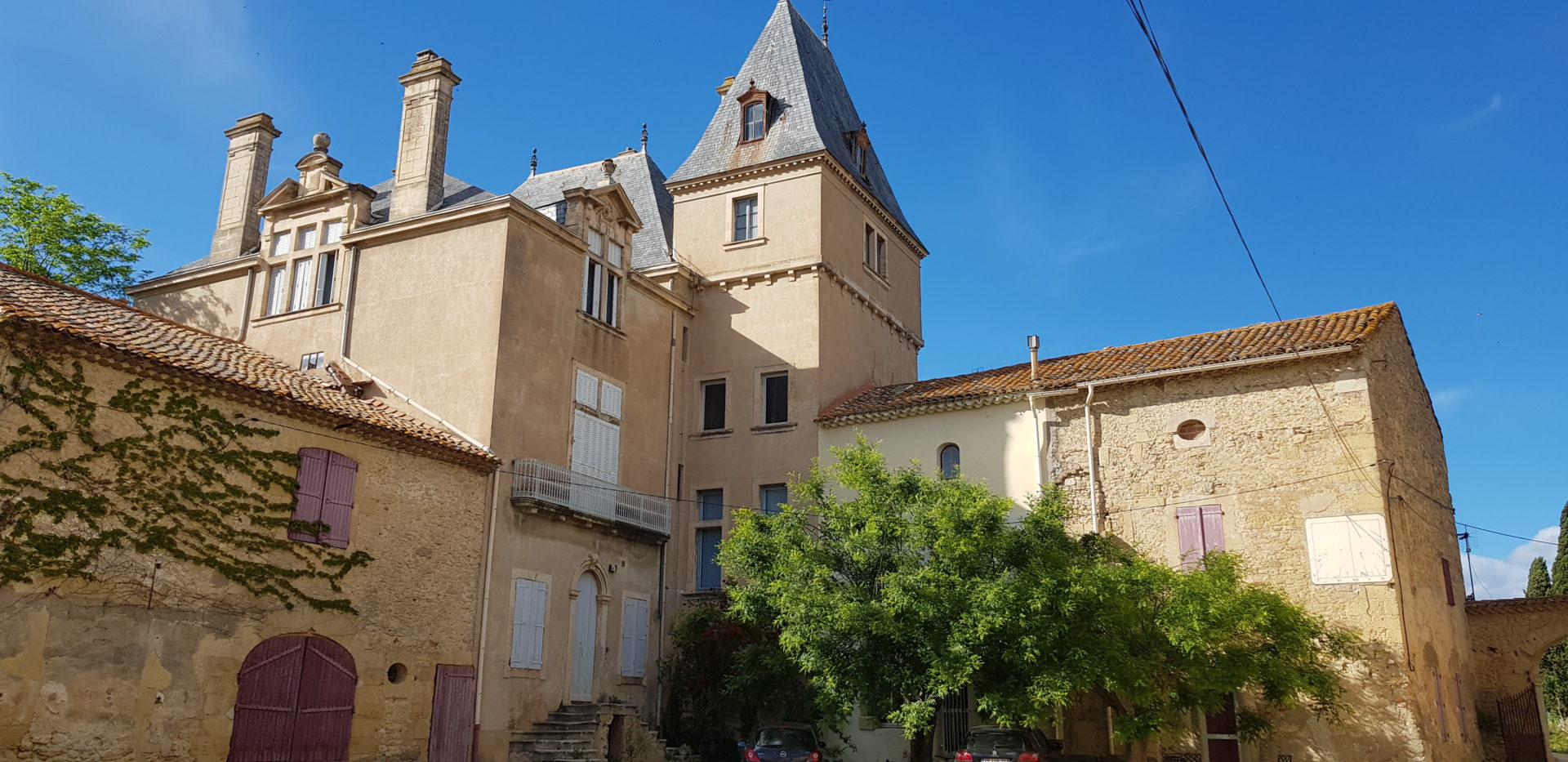
His father left at his death, in 1809, the Hôtel de Béziers, La Canague, the land of Castelnau, Saint-Bauzile d'Esclassan and landings in the neighboring Vendres pond, but sharing between four children and the financial difficulties of the intrepid Adrien led to an auction test in 1817. A precious poster described the Domaine of la Canague priced 600,000 F: 1300 s. of land, beautiful buildings, cellars, yards and dovecots, beautiful gardens with fountain ... unsold, Villeraze wrote, in 1818, that he would give it for 500,000 F, by reserving the hanging harvest, a barrel of Tokay (sic), and the authorization to be "buried in the chapel with [his] father“. Ten days later, he begged his notary to warn possible buyers: Viales, Nogués, Mr de Ginestous, Mandeville, Salvan, Chuchet and Mr d'Hauteroche.

In 1821, The Domaine of the Canague was acquired by creditors: Antoine-Jean and Jean-Félix Chuchet. In 1848, their father Jean-Antoine Chuchet, had given them his property as well as on the third son, Antonin. After the first two would have shared the goods allocated undividedly, in 1853, they sold the old castle and a core, called "La Canague Vieille" to Auguste Texier from Béziers, Jean-Félix Chuchet, from Béziers, Distiller and son-in-law of the mayor Casimir Péret, acquired the Domain of the Treasurer* in 1851 for 600,000 F and it would seem that Antonin had "La Canaguette" or "New Canague" producing 14,000 hl in 1906. This is where this emeritus benefactor of the Basilica Saint-Aphrodise brings together a collection of paintings, some of which were generously given by him to the Museum of Fine Arts.
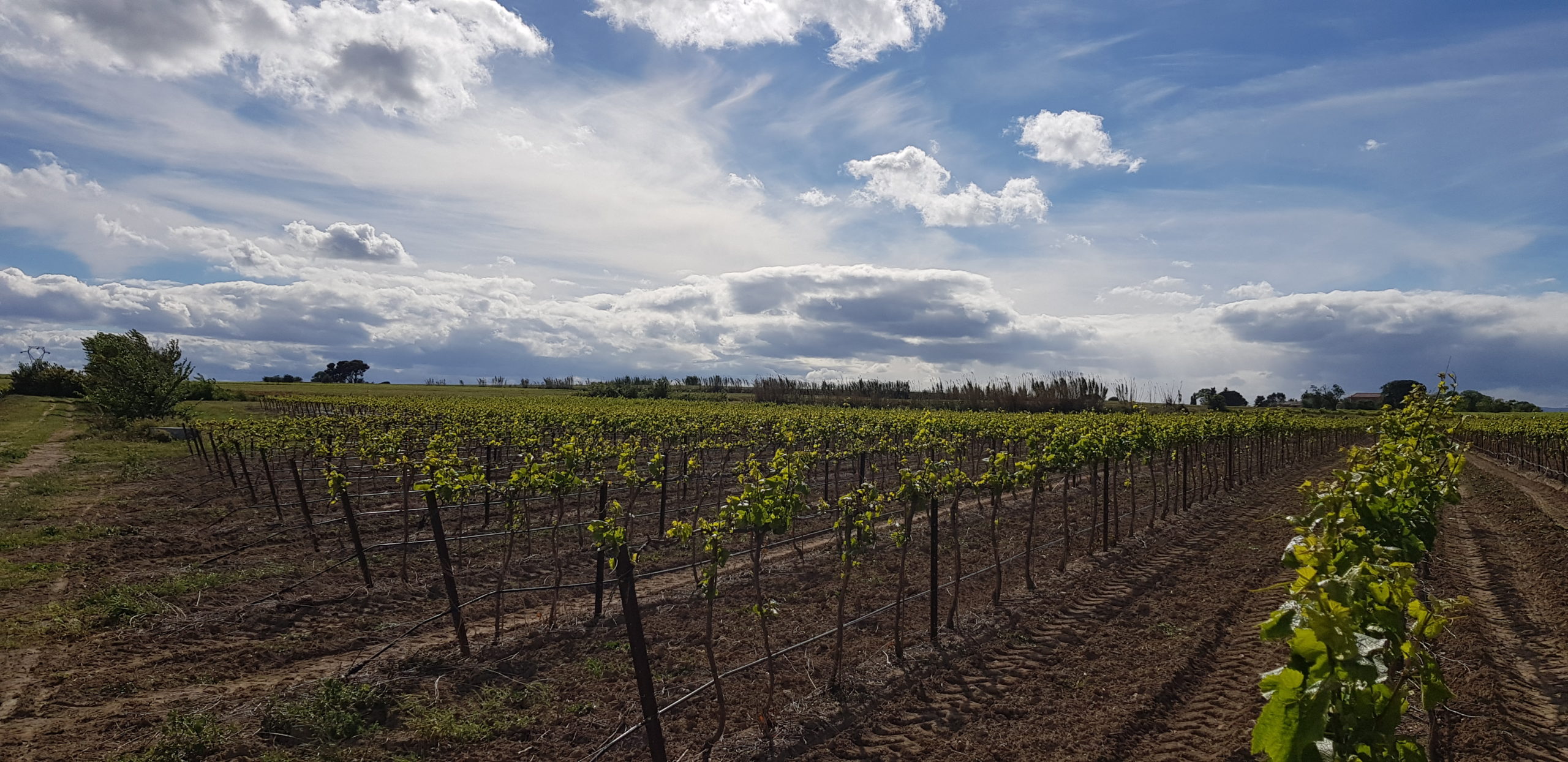
Auguste Texier asked Garros to transform the existing buildings into a castle which he left, at his death, in 1896, to his son Louis, born in 1849, lawyer in Béziers. He lived on the street of la Citadelle, in 1906, at a time when he harvested 6,000 h in the Old Canague, which he sold, very old, in 1930, to Pierre Castel and his brother-in-law Alfred de Crozals. This one was the son of Paul who had married in the first marriage Miss Miquel, sister of Madame Mandeville, whom we will find in the Grande Canague.
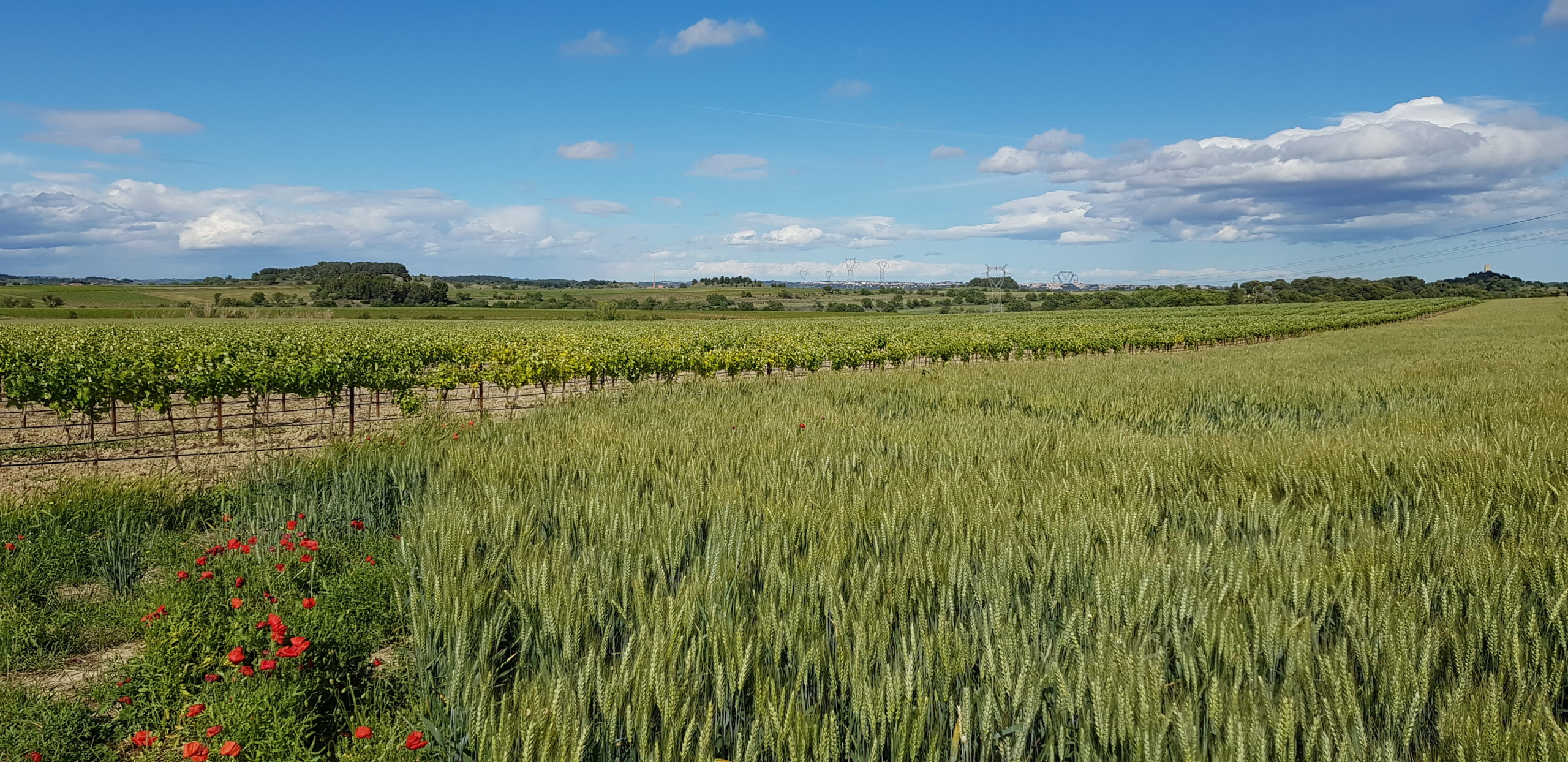
Indeed, another nucleus was acquired, perhaps from the Chuchet, by the Mandeville family, one of the most important fortunes of Béziers as evidenced by the act of sharing of the succession of Jean-Guillaume Mandeville (1775-1862). His possessions extended to the municipalities of Béziers, Poilhes, Nissan, Montady, Capestang and Montels. She owned, in particular, the domains of Régimont (191 ha), Longet (96 ha), and Lalle (63 ha), and a hotel in Béziers 5 and 7 Montmorency street, elements of an asset approaching 1,700,000 F! Later, she also added the Bosc, which like Longuet, still belongs to their descendants.
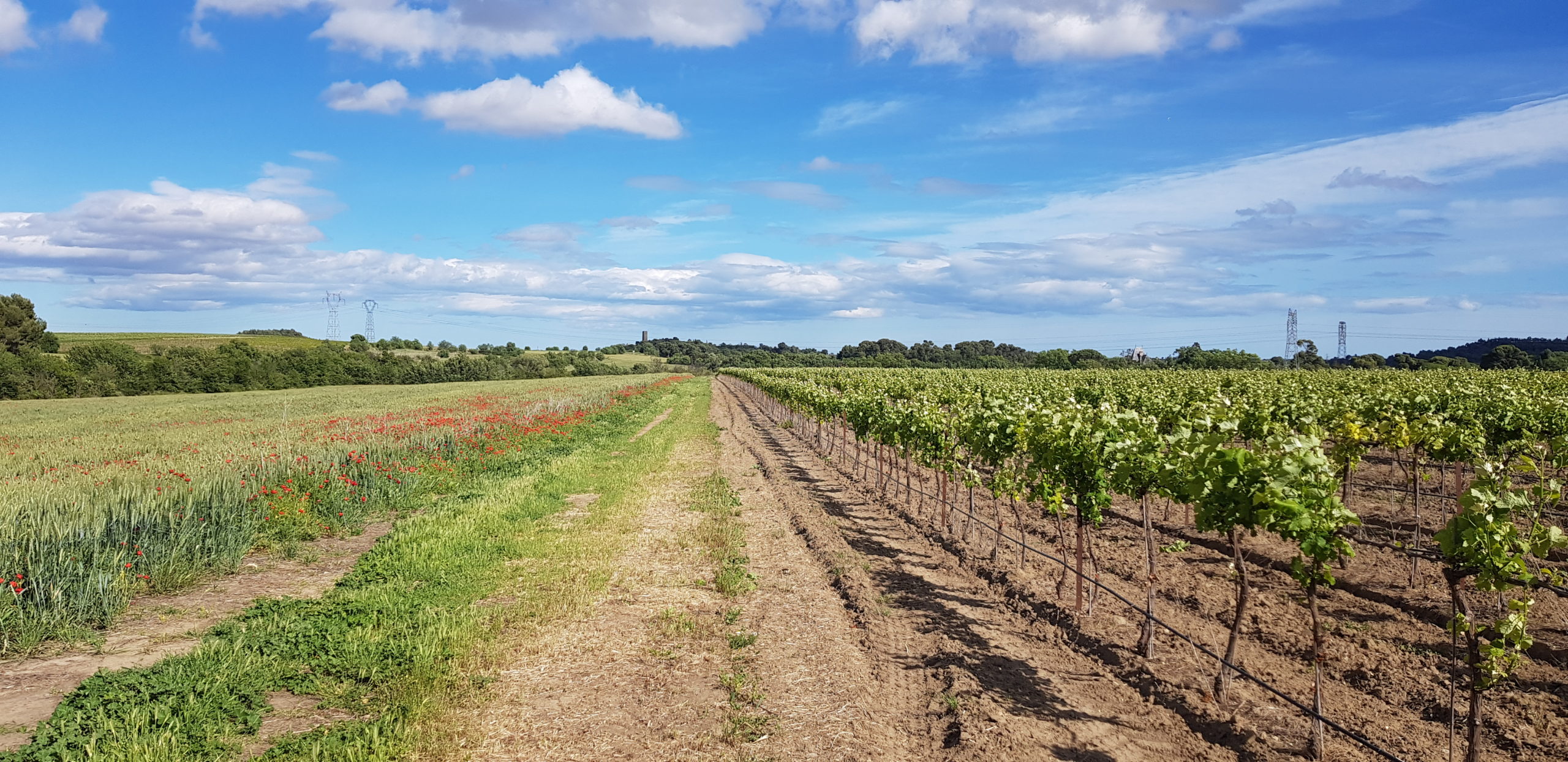
The Grande Canague and Roque-Haute (Municipality of Portiragnes) belonged to Alfred Mandeville, born around 1833 who had married Victoire Miquel and lived in Béziers, Place de la Révolution, in the hotel acquired by her in 1881 (passed in 1918 to Dr. Bergé and today House of the lawyer). This household had two daughters, and the mother, widowed, harvested in 1906, 6,000 hl in Roque-Haute and 12,000 hl in the Grande Canague; She would have had Garros built there, on the height, a castle which, with two slightly protruding bodies, would have nothing remarkable if it offered in the middle of the rear facade an astonishing round staircase. The Marquise de Thézan Saint-Géniès (L’Hermitage*) had Roque-Haute and Mrs. Cros-Mayrevieille the Grande Canague that her children exchanged with Georges Mercadier, around 1950, against the Domaine de Canet (Aude region).
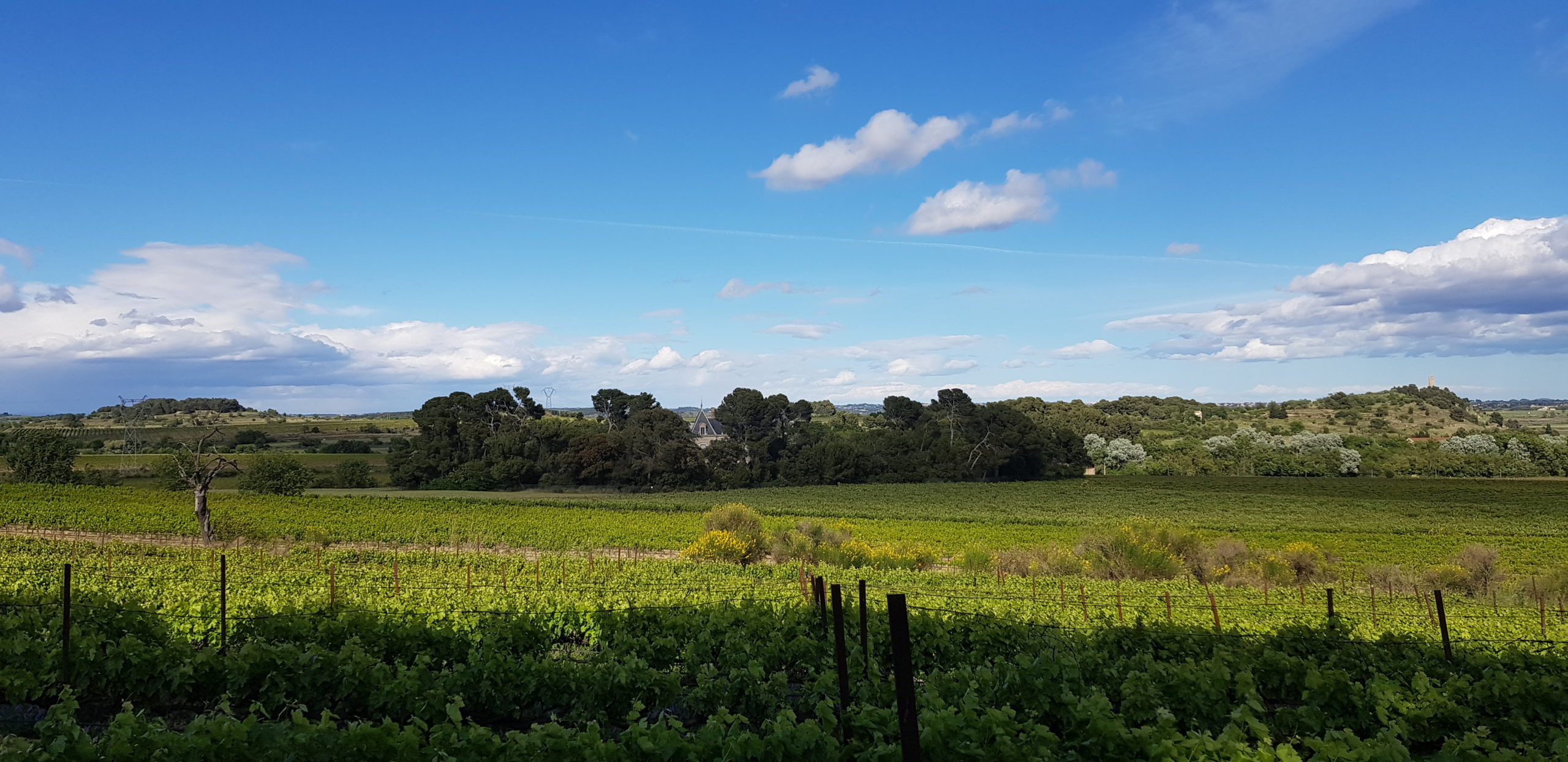
The latter has reconstructed most of the old Villeraze estate because he also acquired, around the same time, the Old Canague. These domains belong to his children, respectively Ms. Huc and Dr. Mercadier.